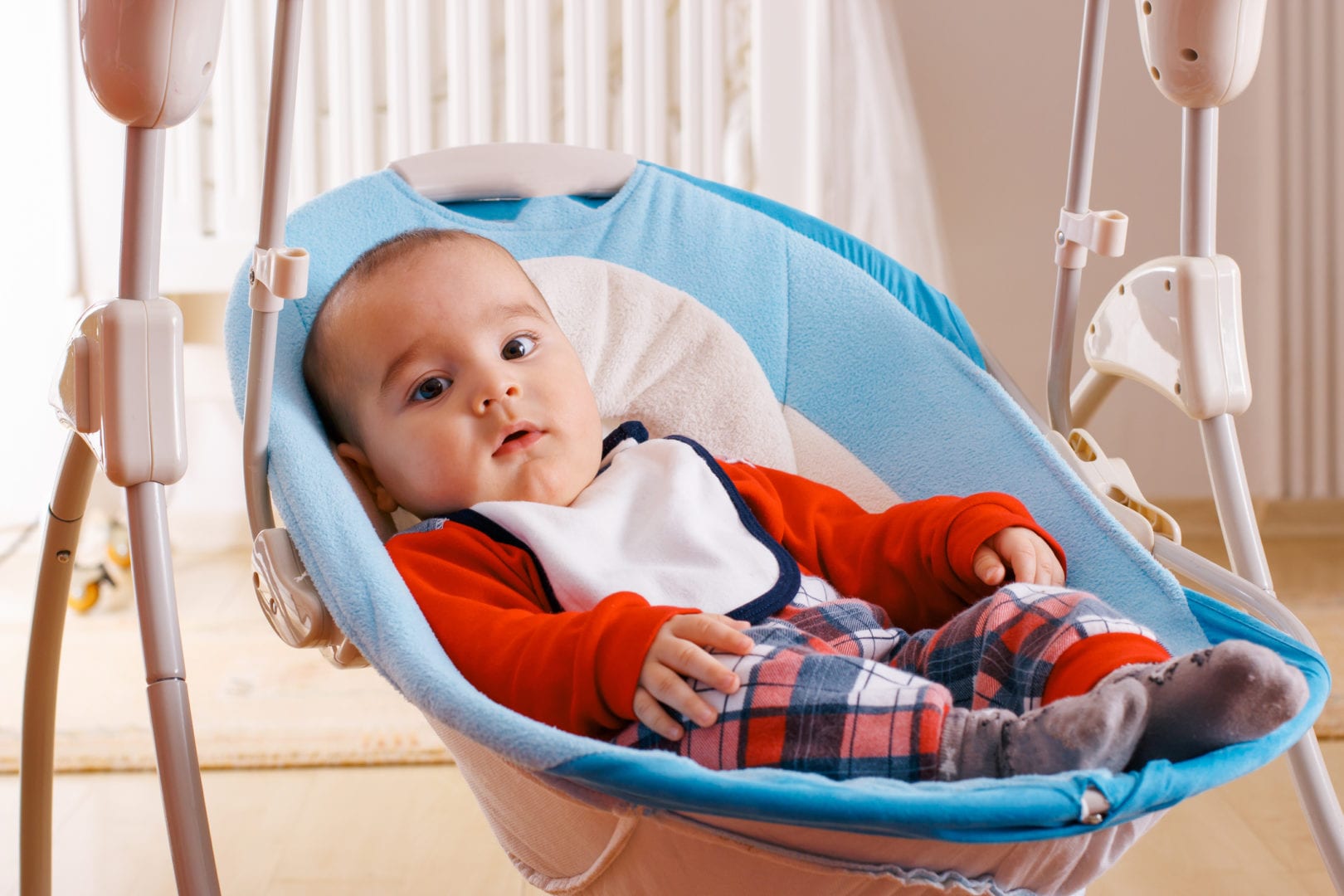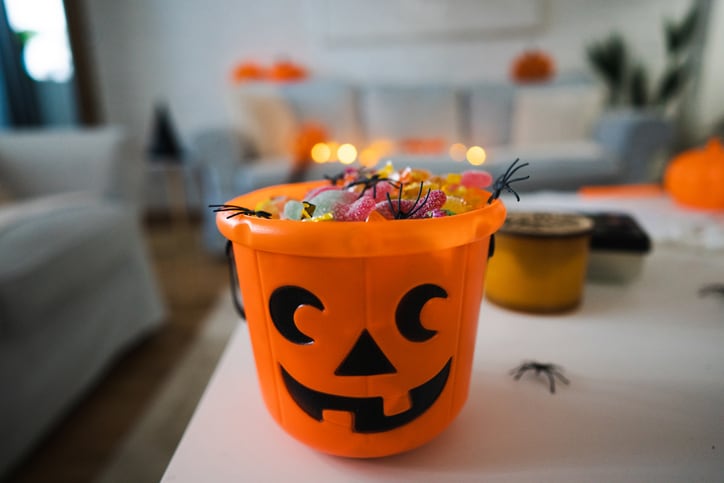At some point in every new parent’s life, the lure of a baby swing is hard to resist. For many families, swings possess the sanity-saving ability to soothe fussy babies while giving mom and dad a much-needed break.
“Baby swings can be great because they free up mom and dad’s arms for a bit while occupying baby,” says Dr. Amna Husain, a pediatrician at Pure Direct Pediatrics in Marlboro Township, New Jersey. “In fact, I’ve had many parents tell me that swings can calm their crying baby when nothing else seems to work.”
And while it’s hard to argue that this is anything short of an ingenious invention, there are still a number of things to keep in mind when using a baby swing. From age and weight requirements to the recommendations on sleeping in a swing, experts weigh in on everything you need to know about baby swing safety.
What are the benefits of using a baby swing?
Whether you need to make dinner, help an older sibling with homework or — no judging — scroll through Instagram, baby swings can offer new parents a much-needed respite from holding (and rocking and bouncing) their little one.
“Babies tend to become more relaxed and content in swings, giving caregivers a few moments of peace while baby is relaxed and entertained,” says Dr. Jen Trachtenberg, founder of Pediatrician in Your Pocket.
According to the National Sleep Foundation, the motion of being in a swing (or bouncing in your arms) tends to calm babies down because it’s a sensory experience that reminds them of being inside the womb.
When can baby use a swing?
According to Trachtenberg, you don’t need to wait until your baby is a specific age before they can start using a swing.
“Putting your baby in a swing mainly depends on the the weight restrictions of your particular model and its ability to recline, especially in the newborn months before baby has the ability to hold their head up,” she says. “Newborns should always be reclined as far back as possible, due to their lack of head control, which can cause them to slump over and compromise their airway and breathing.”
The American Academy of Pediatrics (AAP) says that young infants under 4 months should always use the most reclined swing position, and if the seat adjusts to a 50-degree angle or more, you should use shoulder straps to keep your baby secure. While rocking, the seat should remain fairly flat to ensure they don’t fall out.
Additionally, Trachtenberg says that, while it’s OK for newborns to use swings, it’s a must that the harness is fastened, no additional toys or blankets are nearby (as they can be suffocation hazards) and supervision is close at all times.
“Swings can give your arms a rest, but not your attention,” she says. “Remember that you can’t just put your baby in a swing and leave them.”
When should baby stop using a swing?
There is no hard and fast rule when it comes to stopping swing use with your baby. It’s more about your child’s size and the instructions for your particular swing.
“Always follow the manufacturer’s directions for height and weight requirements,” says Trachtenberg. “However, if it appears your little one is trying to climb out, it’s probably time to give up the swing.”
And if you have a baby swing that doubles as a bouncer or rocker, you may want to double-check the directions.
“The weight limit for when baby is hanging from the mechanical swing base may differ from when they’re balanced on the floor,” says Husain.
Can babies sleep in a swing?
No doubt about it, many babies will try to catch some zzzs while they’re rocking back and forth in their swing, but it isn’t the best place for them to snooze.
“It isn’t advisable by the AAP for babies to sleep in a swing due to increased risk of Sudden Infant Death Syndrome (SIDS), strangulation/suffocation and accidents,” Trachtenberg says. “The safest way for baby to sleep is on their back on a hard surface.”
Additionally, your baby isn’t necessarily getting quality sleep when they’re moving back and forth in a swing.
“I don’t recommend making it a habit to have your child sleep in the swing,” says Husain. “While it’s fine to use the swing for fun and comfort, don’t use it as a bed. Motion sleep keeps the brain in a light sleep, and as infants mature, they need deeper sleep.”
The reason: It’s during deep sleep — or “quiet sleep” — that “blood supply to the muscles is increased, energy is restored, tissue growth and repair occur and important hormones are released for growth and development,” according to the National Sleep Foundation.
How long can baby stay in a swing?
“Babies shouldn’t be in a swing for more than 30 minutes at a time,” says Trachtenberg.
Keeping your little one strapped in a swing for too long each day can result in a flattening of the back of their head (known as plagiocephaly), according to the AAP.
Also, too much time in various baby equipment, such as bouncers, rockers and swings — sometimes referred to as “containers” — can hinder your little one’s ability to develop skills, such as rolling, sitting and standing. When babies spend a lot of time lounging in these devices, it reduces the amount of time they have to kick, wiggle, turn their head and move around — all activities necessary for building strength and coordination.
What are the basics of baby swing safety?
Using a baby swing is a great way to give your arms a break and catch up on a few things. But it’s important you always adhere to proper safety precautions when using one.
Here’s what you should keep in mind when putting your baby in a swing, according to Trachtenberg and Husain:
-
Always use swing as intended by the manufacturer.
-
Know the weight limits.
-
Make sure newborns are reclined as far back as possible.
-
Never put a swing on an elevated surface, such as a table.
-
Make sure the harness is fastened securely.
-
Avoid placing blankets or toys in the swing.
-
Adult supervision is always necessary from a close distance.
-
Place your child in the swing for a maximum of 30 minutes at a time.
-
No sleeping in the swing.
-
Be on the lookout for recalls. (Husain recommends registering your product with the manufacturer and checking the Consumer Product Safety Commission for recalled products.)






